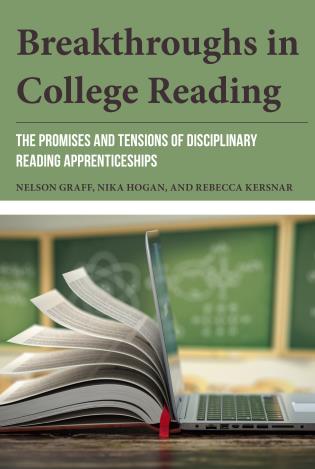New Book features how to Improve College Success by Supporting Disciplinary Literacy
In our rapidly evolving world of digital media, generative AI, and an overwhelming information landscape, how can college educators empower students to make sense of course texts to support deeper learning? In this new collection, community college and university instructors from across the disciplines — including science, math, history, psychology and English — describe the way they use the Reading Apprenticeship framework to:
- Create strong classroom communities that help students bridge from their own funds of knowledge to new academic identities,
- Help students to take responsibility for the intellectual work in their classes, and
- Design tasks that engage students in reading as a problem-solving process.
This book is published by Rowman and Littlefield (2024) and is included in WestEd’s resource library with permission from the publisher. To see a table of contents and excerpts, or purchase the book, visit the publisher’s web site, bookshop.org, or Amazon.
To engage with post-secondary leaders and colleagues, come back to our website to learn about upcoming webinars and podcasts, or sign up for a college Reading Apprenticeship college course.

